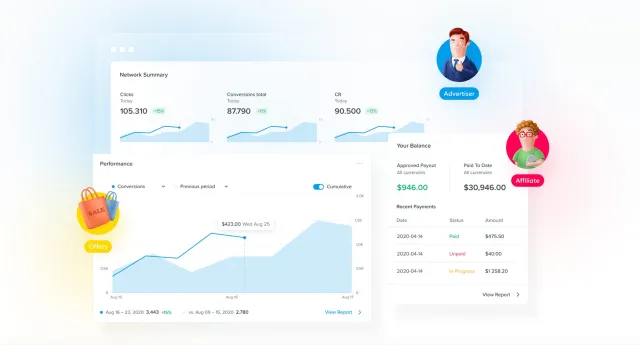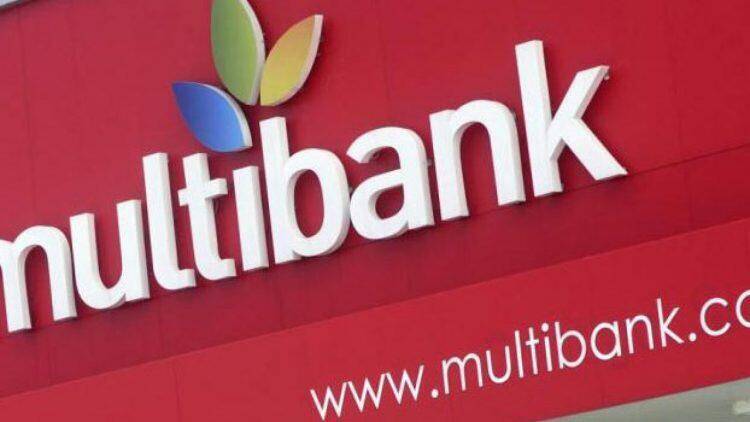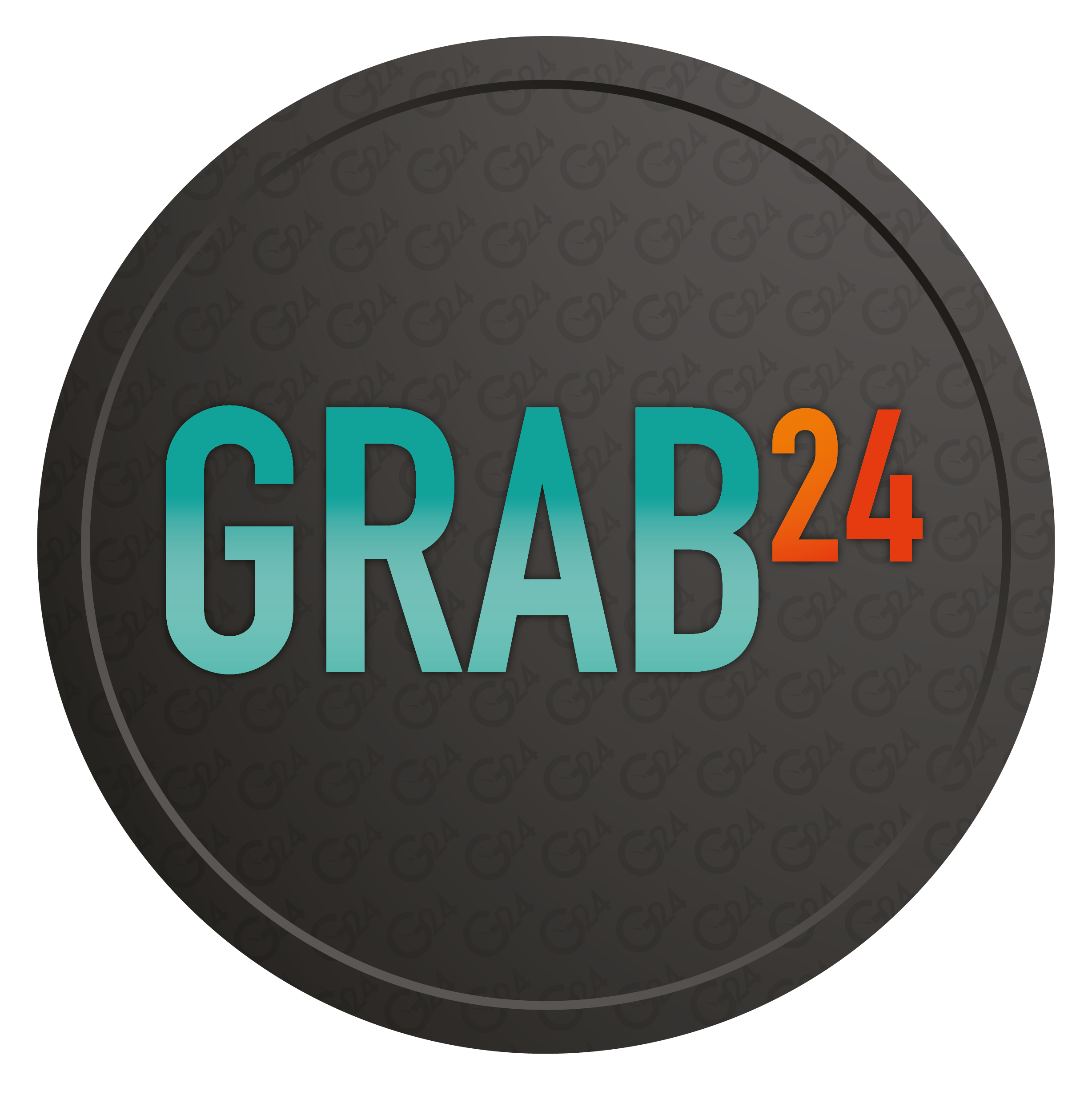Contents:


Information provides a context for data and helps immensely in the decision-making processes. While data is individual numbers or figures, information is the knowledge we can gather from it. For example, we can describe the scores of each individual student’s test paper as data. But if we take all the students’ scores, we can derive information about the average score for that subject and see who has weak and strong performances in that subject. We can describe data as the smallest unit of factual information we can use for reasoning, calculation, or discussion.
- If no one regularly monitors data quality, using it in decision-making can have an adverse influence.
- Datais used as input, which needs to be processed and organized in a particular way to generate an output, i.e.information.
- To correctly recognize and use either one, you need to understand the difference between data and information is.
- Understand what data is, learn its meaning, examine the types of data sources, and see the difference between data and information.
Information, on the other hand, is always useful and valuable. Information is considered more reliable since it offers facts that may be utilized to make decisions. When we read these pages, examine the material, and process it in our minds, it becomes information. Data can consist of a number, a symbol, a character, a phrase, codes, graphs, and so forth. On the other hand, information is data that has been understood in context. All data could be classified as information, but all information cannot be classified into data.
Data doesn’t interpret anything as it is a meaningless entity, while information is meaningful and relevant as well. Data and Information are different common terms which we frequently use, although there is a general interchangeability between these terms. So, our primary goal is to clarify the essential difference between Data and Information.
Difference between Information and Data
In computing, data is usually represented as bits and bytes, the basic units of information in the context of computer storage and processing. However, in the analytical process, it is denoted by variables. Moreover, the data is always interpreted by humans or machines to make it meaningful. Data refers to raw, unprocessed facts and figures, while information is data that has been organized, processed, and given context.
Nationwide sample data analysis of additional surgery rate after … – Nature.com
Nationwide sample data analysis of additional surgery rate after ….
Posted: Tue, 18 Apr 2023 12:57:10 GMT [source]
Unstructured data doesn’t fit in the “neat little box” or data field — common examples include email messages, word processing files, images and audio or video files. One clear benefit of structured data is that it is more easily searchable — the ability to find data with a simple search operation is always relevant and important. Data is raw, unorganized, analyzed, uninterrupted, and unrelated used in different contexts. For instance, facts and stats gathered by researchers for their analysis can collectively be called data.
Main Difference between Information and Data
Information and functionalities can be observed since a workflow is established for these components to comprise the Business Information System. Now, you will have business information systems that are designed to help organizations make important decisions via objective attainment. This system uses the resources provided in most IT Infrastructure to satiate the needs of variant entities existing inside a business enterprise. Data doesn’t deliver into specifics since there is rarely any relevance scattered amongst heaps of data unless processed. Information is particular with correlation to the inferences derived.
Data and facts can be analysed or used as an effort to gain knowledge and infer on a conclusion. In other words, accurate, systematize, understandable, relevant, and timely data is Information. Data can adopt multiple forms like numbers, letters, set of characters, image, graphic, etc. If we talk about Computers, data is represented in 0’s and 1’s patterns which can be interpreted to represent a value or fact. Measuring units of data are Bit, Nibble, Byte, kB , MB , GB , TB , PT , EB , ZB , YT , etc.

Data typically comes before information, but it’s hard to say which is more useful. For example, if the information was processed or organized in a biased manner or incorrectly, it’s not useful, but the data still is. Continue exploring data and information by learning the differences between a hypothesis and a prediction or a hypothesis and a theory. Then, explore the differences between being objective vs. subjective. Data generally includes the raw forms of numbers, statements, and characters.
Data is a collection of raw, unorganized plain facts, observations, statistics, characters, symbols, images, numbers, and more that are collected and can be used for analysis. Data measured in bits and bytes, on the other hand, Information is measured in meaningful units like time, quantity, etc. Information is a set of data which is processed in a meaningful way according to the given requirement.
Any Questions?
While they are related, information and data do not mean the same thing. We will explore these differences below with a few examples. Knowledge is the theoretical or practical understanding of a subject. It is the sum of what we know and what we don’t know and how we know what we know. It can be seen as information that has been organized in such a way as to be useful for problem-solving. You want to get the right information from data patterns to gain accurate insight.
This gives you the insight that website visitors prefer to share their requirements on live chat as compared to filling out a form or sending an email. Now, let’s say that you are shown the same data point along with the data for the past 6 months and as a bar graph. The data now has a context, and you gather the information that leads had been growing at about 9 to 10% each month, but just in the last month, they grew by 20%. You have also learned that this was the first month that the lead target was achieved. By looking at the historical data and the graphical representation, you know that something has gone right in the last one month. Now you need to identify what that is so that you can do more of it.
Qualitative Data vs Quantitative Data
However, keep in mind that data varies greatly – contacts with customers, providers, prospects, and workers may all be useful in data collecting. Explain the uses of quantitative data and qualitative data in the scientific process. Understand what data is, learn its meaning, examine the types of data sources, and see the difference between data and information.
Why does the distinction between data vs information matter for businesses? Organizations that prioritize collecting data, interpreting it, and putting that information to use can realize significant benefits. When used correctly, data (and the information that’s gleaned from it) can drive smarter and faster business decisions. The number of likes on a social media post is a single element of data. A customer’s response to an individual customer service survey is a point of data. Data typically comes in the form of graphs, numbers, figures, or statistics.
Informationcomesfrom dataand thereforedata does not rely on theinformation. Information encryption can be incorporated for increasing the security levels desired for safe transmission and storage of information. See our data and information for further information and related links. In this example, the original data appears to be a set of random words and numbers, separated by commas. Data is the collection of recorded values from which information can be ascertained.
Data is basically the fundamental building component of information. The significance is the first major difference between data and information. Information is significant, however, the data is insignificant. Interpreting, analyzing, and organizing the most relevant and trustworthy information from the large quantity of available data can be time-consuming. It is a product and a collection of data that together contain a logical meaning. Centralizing lead and customer data in a CRM is one approach to guarantee your firm maintains it properly.
Even though these two terms are sometimes used interchangeably, there is a significant difference between them. To get the most out of your data, organizations should implement these DM best practices and follow them. Regardless of industry, data has become a driving factor for an organization success. When correctly handled, it will give a thorough insight of what is and is not functioning.
https://traderoom.info/ is a collection of raw, unorganized facts and details, such as text, observations, numbers, symbols, and descriptions of things, etc. In other words, data has no specific purpose and is meaningless in itself. Furthermore, data is measured in bits and bytes, which are the basic units of information in the context of computer storage and processing. ” pops in interviews, the answer is that information in terms of computer language is the result obtained after processing data. Facts and data are capable of being analysed, accessed and used to gain knowledge and derive meaningful conclusions. Information is data that is understandable, relevant, systemised, accurate and timely.
Akamai Technologies To Acquire API Security Company Neosec … – PR Newswire
Akamai Technologies To Acquire API Security Company Neosec ….
Posted: Thu, 20 Apr 2023 06:32:00 GMT [source]
Data and information may have the same values but differ in their creation and business usage. Information contains context, whereas data, literally, just includes entries. Information can contain data with different contents and formats and be the same thing. You determine both John Smiths, living in London, United Kingdom, mean the same customer entity from the information provided. In this case of a duplicate, both John Smith records that match, Yes.
It may consist of one entry or a collection of different values. Information describes values and context together, resulting in something meaningful. It forms an organized and cohesive structure, from data, to interpret or communicate the whole.
Whereas data is the individual figures, numbers, or graphs, information is the perception of those pieces of knowledge. Here are a few real world examples that illustrate the difference between data and information. Information is knowledge that has used and processed certain data and has rendered it useful. Using the analogy begun in the section above, information is the whole completed puzzle that the little data puzzle pieces helped you to put together.

In other difference between information and datas, you have to interpret data for it to have meaning. Data can be simple—and may even seem useless until it is analyzed, organized, and interpreted. Data, which is the plural of the word “datum”, are basically just facts. These facts have not been processed or dealt with and are in their rawest form. Because of this raw and possibly unorganized form, data may sometimes appear random, overly simple, or abstract.
The history of temperature readings all over the world for the past 100 years is data. If this data is organized and analyzed to find that global temperature is rising, then that is information. Companies that grasp what the digital workplace is really all about are willing to change the ways people and applications connect across their organizations.
The concepts of data, information, and business insights are often illustrated as a pyramid with data at the bottom, information in the middle, and insights at the pinnacle. The processes and technology tools essential in the data layer are to do with data storage, cleansing, deduplication, data management, and ingestion into the analytics platform. In the information layer, the tools are related to dashboards, visualization, and data modeling. The tools and technologies for the insights layer must be capable of predictive analytics, scenario analysis, and blended queries. Artificial intelligence and machine learning can now be applied effectively in order to generate insights from data.
Data is a collection of facts, while information puts those facts into context. Qualitative data is descriptive, but non-numerical, like the name, sex, or eye color of a person.
